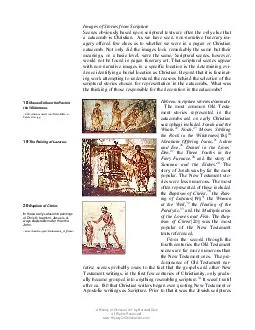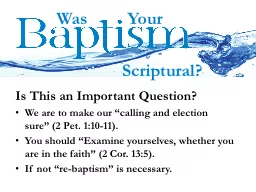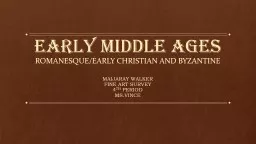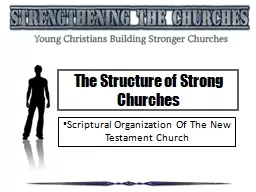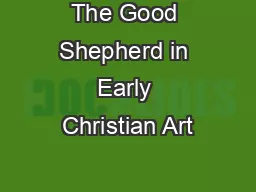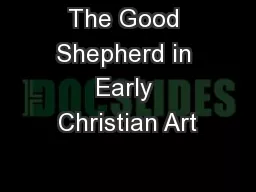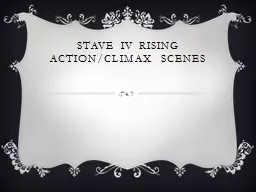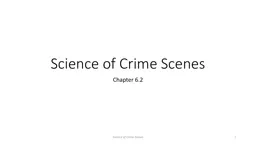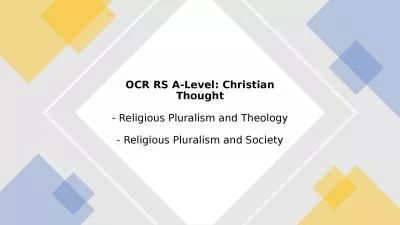PDF-Images of Stories from Scripture Scenes obviously based upon scriptural texts are often
Author : jane-oiler | Published Date : 2014-12-23
As we have seen nonnarr ative funerary im agery offered few clues as to whether we were in a pagan or Christian catacomb Not only did the images look remarkably
Presentation Embed Code
Download Presentation
Download Presentation The PPT/PDF document "Images of Stories from Scripture Scenes ..." is the property of its rightful owner. Permission is granted to download and print the materials on this website for personal, non-commercial use only, and to display it on your personal computer provided you do not modify the materials and that you retain all copyright notices contained in the materials. By downloading content from our website, you accept the terms of this agreement.
Images of Stories from Scripture Scenes obviously based upon scriptural texts are often: Transcript
Download Rules Of Document
"Images of Stories from Scripture Scenes obviously based upon scriptural texts are often"The content belongs to its owner. You may download and print it for personal use, without modification, and keep all copyright notices. By downloading, you agree to these terms.
Related Documents

